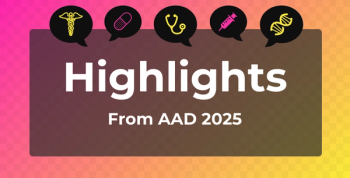
Exploring the Impact of Bronchiectasis Exacerbations
Panelists discuss how bacterial infections, environmental triggers, and microbiome imbalances cause bronchiectasis exacerbations, leading to increased cough, phlegm, fatigue, and hemoptysis.
Episodes in this series

Clinical Brief: Causes and Management of Bronchiectasis Exacerbations
Main Discussion Topics
- Exacerbations are commonly triggered by bacterial infections, viral etiologies, and environmental factors.
- Impaired mucosal clearance significantly contributes to recurrent exacerbations.
- Management approaches include multiple modalities targeting different aspects of the disease.
Key Points for Physicians
- Monitor for increased cough, phlegm, fatigue, and hemoptysis as signs of exacerbation.
- Treatment options include:
- Oral, intravenous, or inhaled antibiotics based on severity
- Airway clearance devices (Vest, oscillating positive expiratory pressure devices like AerobikA/Acapella)
- Breathing techniques and mechanical assistance
- Anti-inflammatory approaches (DPP1 inhibitors, inhaled corticosteroids for eosinophilic phenotype)
- Consider surgical intervention for refractory cases
Notable Insights
Comprehensive management must address multiple dimensions, including infection control, inflammation reduction, mucus clearance enhancement, and hydration.
Clinical Significance
Effective bronchiectasis exacerbation management requires targeted multimodal therapies addressing both immediate symptoms and underlying mechanisms to prevent recurrence.
Newsletter
Stay ahead of policy, cost, and value—subscribe to AJMC for expert insights at the intersection of clinical care and health economics.








































